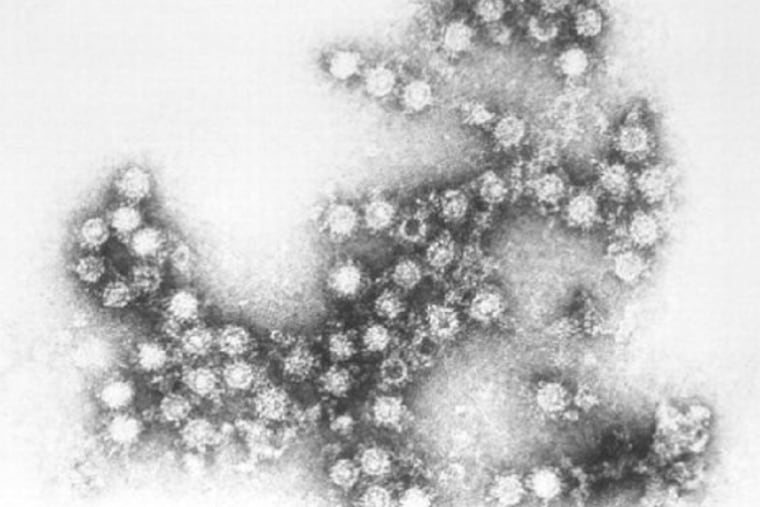Polio-like illness may have peaked, CDC says
The rare illness mostly strikes children. It has been confirmed in eight patients in Pennsylvania this year and nine in New Jersey.

U.S. health officials have confirmed 134 cases this year of a rare, polio-like illness that mostly strikes children, including eight in Pennsylvania and nine in New Jersey.
But the number of cases of acute flaccid myelitis may have peaked, the Centers for Disease Control and Prevention said this week.
As in 2014 and 2016, the agency saw a spike in reported cases in September and October, followed by a drop-off during November.
Physicians suspect most of the illnesses are caused by a type of virus called enterovirus D68, though the vast majority of people infected with it do not experience muscle weakness or paralysis.
The virus is in the same broad category as the one that causes polio, which paralyzed thousands of people each year in the 1950s before it was eradicated in the United States through widespread vaccination. None of the myelitis patients has been found to be infected with poliovirus.
Patients diagnosed with myelitis can be treated with drugs to reduce inflammation on the spinal cord. Most require months of physical therapy, and some eventually undergo surgery called a nerve transfer.
In that procedure, a surgeon can reactivate a person’s paralyzed limb by connecting it to healthy nerves that have been rerouted from elsewhere in the body. Such surgeries have been performed at Shriners Hospital for Children in Philadelphia and Children’s Hospital of Philadelphia.